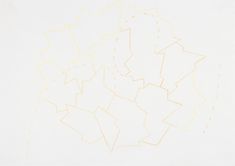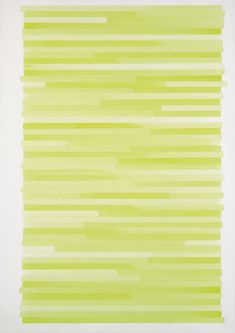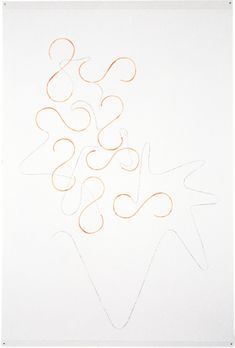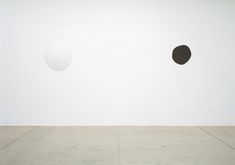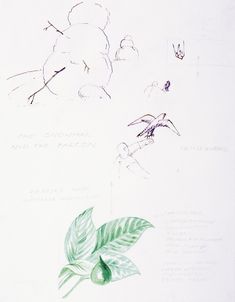Martin Walde
Martin Walde was born in Innsbruck, Austria, in 1957 and studied painting at the Academy of Fine Arts in Vienna with Wolfgang Hollegha, Arnuf Rainer and Max Weiler.
The artist has participated internationally in numerous major and group exhibitions, including the 42nd (1986) and 49th (2001) Biennale di Venezia, Italy; 1989 Istanbul Biennale, Turkey; 1997 documenta X, Germany; 1998 Biennale de Montréal, Canada.
Solo exhibitions dedicated to the artist included,1996 Secession, Vienna; 1999 Tokyo Opera City Art Gallery, Japan; 2001 Fuchū Art Museum, Tokyo, Japan; 2006 Kunsthaus Baselland, Switzerland; 2009 Zentrum für Kunst und Medien (ZKM), Karlsruhe, Germany; 2010 Marta Herford Museum Herford, Germany; 2013 Kunstraum Dornbirn, Dornbirn, Austria.
In 1991 Walde received the Otto Mauer Prize, in 1998 the City of Vienna Prize for Visual Arts, in 2006 the Tyrolean State Prize for Contemporary Art, and in 2012 the City of Vienna Prize for Visual Arts. In 2017, the artist was awarded the Austrian Art Prize for Visual Arts. Martin Walde lives and works - after several stays in Paris and New York - in Vienna.
Walde has been working in the media of drawing, object art, installation, and, recently, also in video. In contrast to the currents prevailing in painting during the 1980s, when he defined his artistic practice, he now uses words in reflecting on visual signs. He connects the semantics and syntax of language and pictures in unorthodox ways. Walde considers drawing as a thought experiment in visual communication allowing for the transfer of actual aspects of reality into utopian possibilities. He works in a narrative way yet at the same time deconstructs popular narrative culture by applying irony and a utopian perspective, reminiscent of stories from comics.
Walde was already a participant in the "Aperto 86," as part of the Biennale di Venezia in 1986, and in the "Chambres d’Amis," a legendary exhibition held in a number of private rooms in Ghent, Belgium. In 1989 he exhibited a series of storyboards, "Animal Farm/Bremer Stadtmusikanten" in combination with an installation at the former chambers of the Generali Foundation. The influence of the world of cartoons shows up in a two-piece installation entitled "Raumbeule/Transportable Hole" (1988), which arcs out through the contrast between black and white into a seemingly concave and convex space and counter-space bursting optically through the surface of the wall. A "transportable hole" was used as an escape route in the cartoon film "Who Framed Roger Rabbit."
Walde’s aesthetic is fascinated by interstitial areas, by mundane objects and unstable materials and draws its inspiration from intrusions into everyday events that diverge from the norm. His sculptural objects possess an ephemeral character and, like his installations, are, aimed at being sensually experienced by the viewer, for whom the artistic fiction only becomes real by actually interacting with the objects. At the "Documenta X" in Kassel, Germany, in 1998, Martin Walde placed small, haptic, "graspable" objects beside his drawings, along with an installation composed of organic materials, flour, and worms, which were being irradiated by green light. (Doris Leutgeb)
